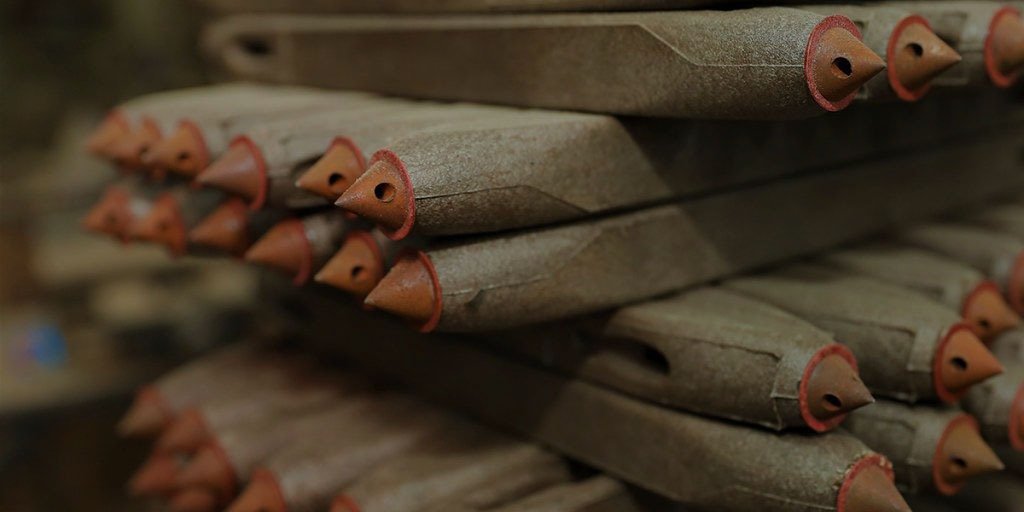If you’ve ever wondered how your clothing gets woven on the loom, you’re in good company! Loom knitting has been used by humans since the ancient Egyptian era, and weaving looms have been around even longer. In fact, one of the earliest forms of what we now consider loom-knitting was done with a textile weaving shuttle. Learn more about the history and evolution of the textile weaving shuttle and see pictures of looms from throughout history.
How weaving shuttles are made
Textile shuttles are typically made from bamboo, wood, plastic, or metal. Bamboo is most commonly used for its lightweight and resistance to splitting. As an additional side note, one could also take a look at weaving textile shuttles as there are many types available that differ in shape, size, color, and weave pattern.
How shuttles were used throughout history
Shuttle weaving was practiced in ancient Rome, Greece, Egypt, China, Japan, Africa, and many other parts of the world. The best textile weaving shuttles are designed with a yarn carrier at one end that is shaped to hold a ball of yarn. This ball is wound around a series of pegs on one side, while threads are looped over them on the opposite side. As the weaver moves along their loom, they use their hands to shuttle back and forth through these loops to create weaving patterns.
How shuttles have evolved with technology
Shuttle weaving has evolved to meet the needs of textile designers. The first shuttles were made from wood with a length that can be adjusted by stringing them on a line. Today, there are many choices including lightweight plastic, aluminum, or stainless steel, and different lengths. The best shuttle for you depends on what kind of weaving you are doing, such as tapestry or needlepoint.
Additional Resources
- A shuttle is a tool that weaves threads in textiles by pushing them through a fabric from one side to another.
- There are three types of weaving textile shuttles: cloth, rigid, and alternating.
- The best textile weaving shuttle has a handle for easy maneuverability, a rounded top for quick weaving, holes on the bottom to keep it steady when weaving, and a hook on the end for picking up dropped threads or inserting new ones into the fabric.

